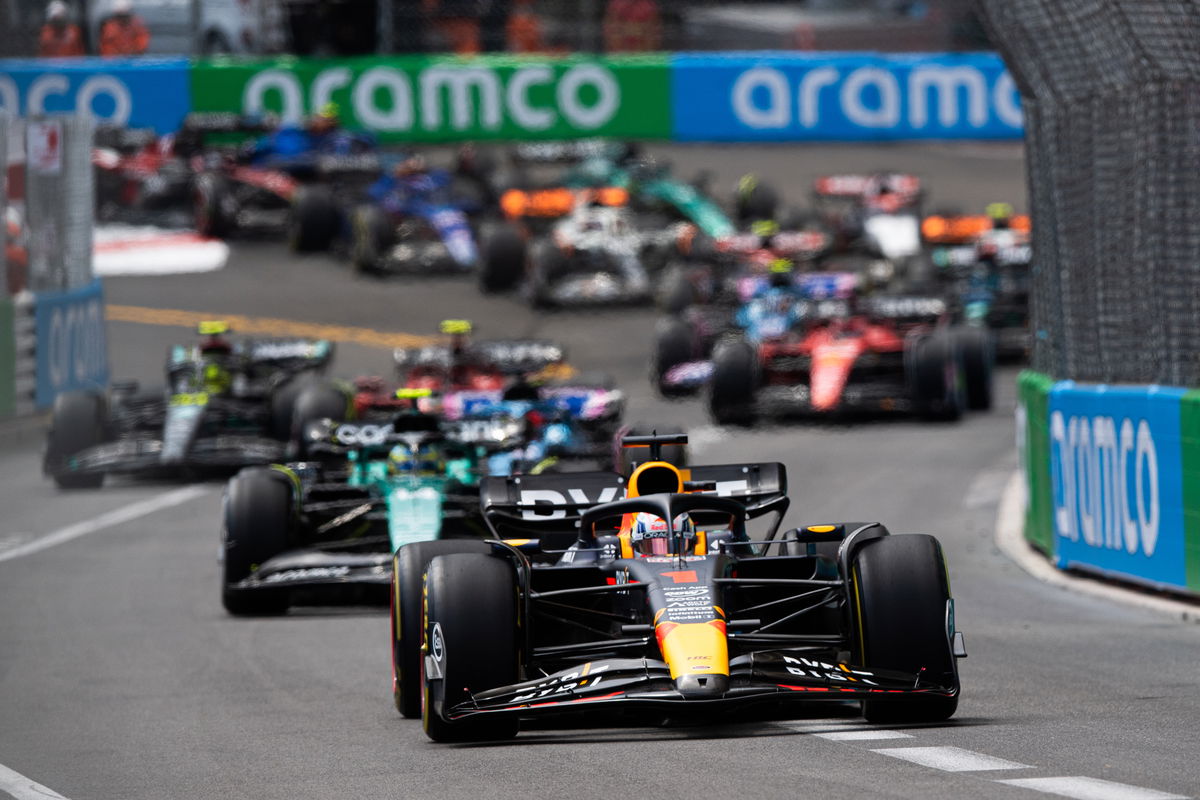

In simple terms, the Concorde Agreement links the commercial rights holder (Liberty Media) to the teams and the championship’s regulator (the FIA).
It defines the roles and responsibilities of each party and, arguably most crucial, the distribution of prize money to teams.
That comes in exchange for commercial rights to their image alongside a smattering of other benefits – assistance with logistics, for example.
In very simple terms, it is a collective bargaining agreement that gives Liberty Media leverage when it comes to negotiating with event promoters and broadcasters.
Teams guarantee participation in exchange for access to prize money while the commercial rights holder then has a more solid product to sell to promoters and television companies.
The first Concorde Agreement, which came into being in 1981, was between the teams and FISA (then the sporting arm of the FIA), with the commercial rights held by FOCA.
In the late 1970s tensions grew between FOCA-aligned teams, essentially the British squads, and the FISA-aligned outfits including Ferrari, Ligier, and Renault.
Ostensibly the dispute was over over a perceived disparity in revenue distribution with various tactics employed by both sides to apply pressure.
In 1980, teams boycotted the drivers’ briefing in both Belgium and Monaco with plans to withdraw entirely from the Spanish Grand Prix two weeks later.
After the King of Spain intervened, FOCA teams competed, though FISA teams did not, and the event was declared non-championship as a consequence.
Tensions continued until Goodyear threatened to pull out of the sport, when Bernie Ecclestone led discussions between FISA and FOCA representatives in the FIA headquarters at Place de la Concorde in Paris.
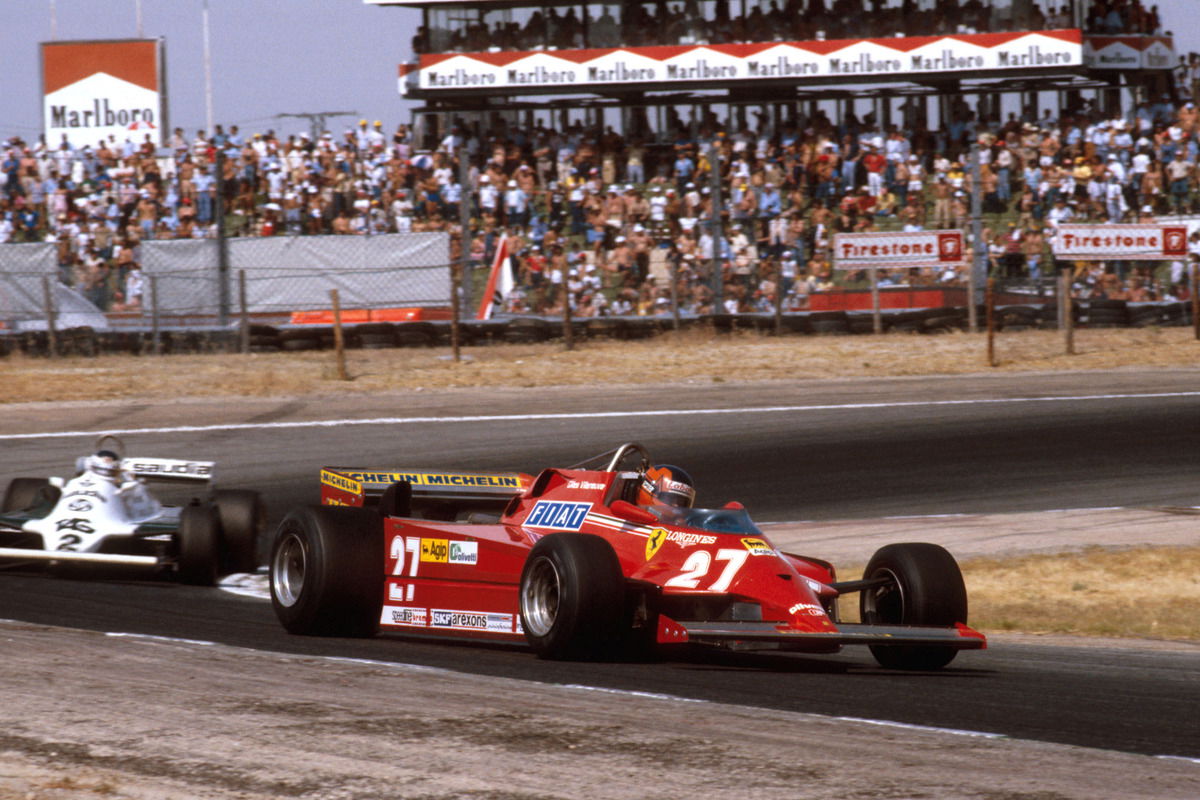
What was decided upon was a more equitable split of revenue, and greater governance surrounding regulation changes, and the obligation for signatory teams to compete at each event.
That initial deal was renewed in 1988 with things continuing in much the same manner as they had before with one main difference.
No longer team owner of Brabham, Ecclestone set up Formula One Promotions and Administration (FOPA) to manage television rights on behalf of the teams.
The third iteration of the Concorde Agreement was signed in 1992 and was a tripartite agreement between the sport’s commercial rights holder (which continued to be FOCA), the teams, and the FIA.
A variation on that document was implemented for 1994 and carried the sport through to the end of 1996.
During that time, Ecclestone acquired the television rights to all FIA championships, including Formula 1, as the Max Mosley-led FIA awarded F1’s the commercial rights to Formula One Administration (which was managed by Formula One Management).
The introduction of the next iteration of the Concorde was delayed by a year after three teams, Williams, McLaren, and Tyrrell, objected to the rights FOM would have been given over to Ecclestone.
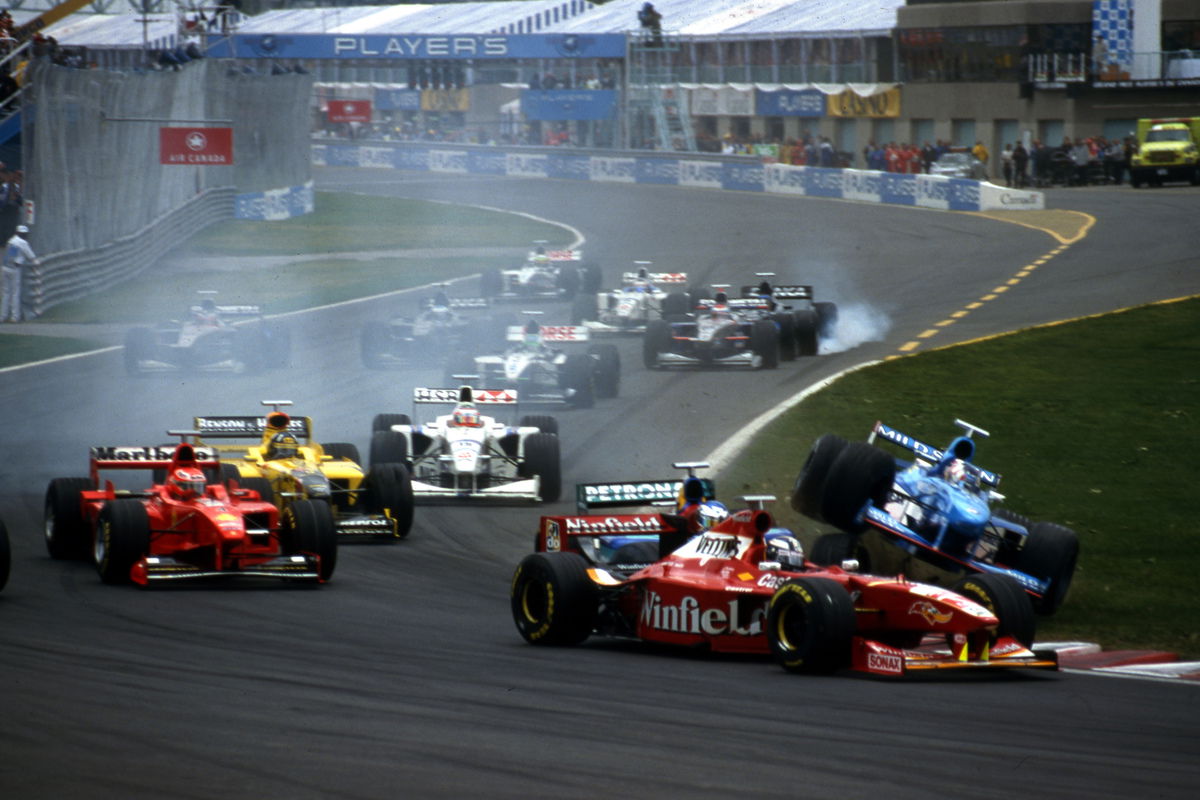
Concorde 4 came into being in 1998. Much is known of that deal after a copy of the sacred document was leaked.
It revealed payment structures and other key elements pertaining to the financial mechanisms of the sport.
Within it was a complicated payment structure that rewarded teams based on their position at a specified lap at each event.
Also in 1998, Ecclestone sold out of a number of interests external to F1, though retained both the World Rally Championship and Regional Rally Championship, which he operated through a company terms ISC.
An investigation by the European Commission into conflicts between the regulatory and commercial side of the sport mandated clearer delineation between the two.
As a result, Ecclestone gave up his seat on the FIA Commission, ceased his role as its vice-president of promotions, and reworked broadcast agreements such that there were no longer penalties for broadcasting other motorsport categories (particularly IndyCar).
That essentially resulted in a new 10-year television deal for Ecclestone, which expired in 2010.
No Concorde Agreement was in place for 2008 and 2009; instead, a series of individual deals and memorandums of understanding bridged the gap, continuing the existing agreement until 2010, when Concorde 5 came into effect.
It did so as a new 100-year television deal began, which the EU Commission had noted almost a decade earlier.
Again, it was a tripartite agreement between the teams, regulator, and commercial rights holder that ran until the end of 2012.
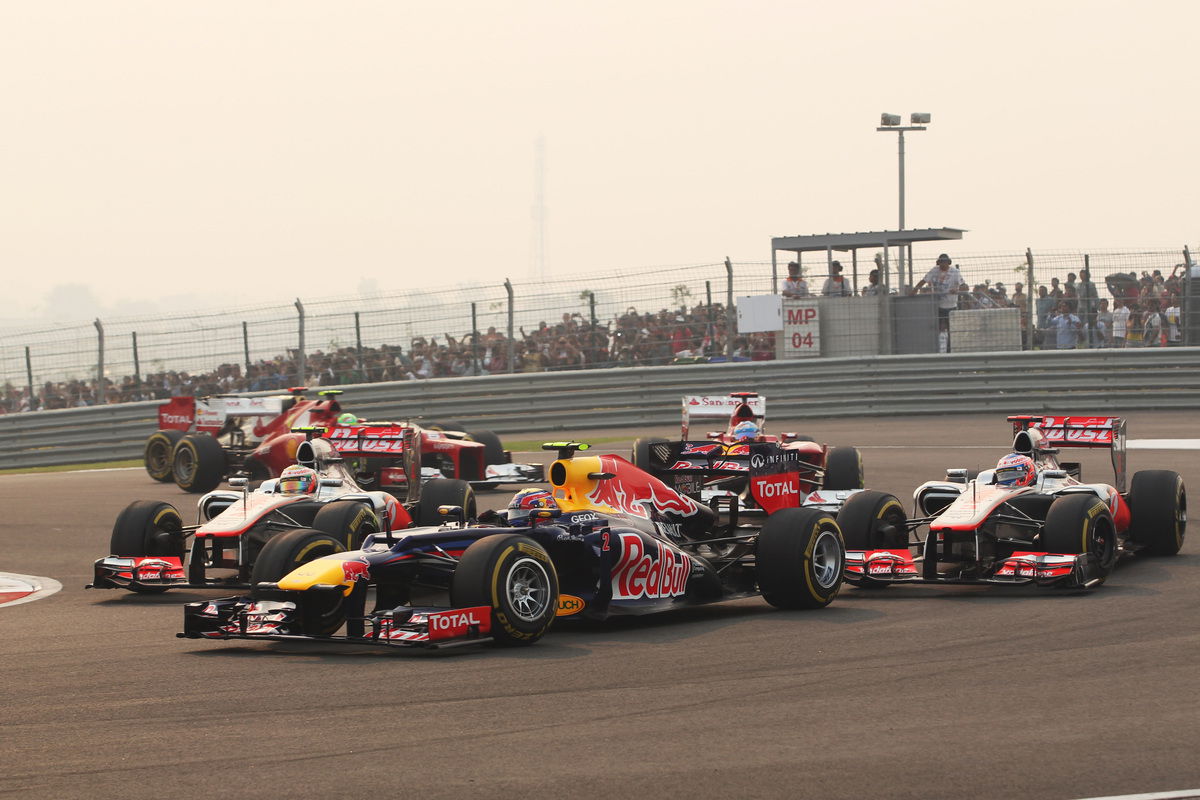
Thereafter, there was technically no Concorde Agreement until 2021, with a series of bilateral agreements in place instead.
Some details are known through this period, such as the split the teams received and how they qualified for prize money—a complicated two-column structure that also had historical payments to certain teams.
It heavily favoured the front runners and established operations and did much to increase the disparity from the front of the grid to the back.
While this system was in place, Liberty Media acquired the commercial rights from CVC Capital, which had acquired them in 2006 (when it was forced to sell its interest in MotoGP).
Concorde 6 was negotiated under Liberty’s control, bringing with it a more equitable share of prize money between teams.
It also introduced a $200 million antidilution fee, designed to cover the potential for existing teams to suffer a shortfall in prize money for a five-year period following the admission of a new team.
Historically, new teams were ineligible for prize money for two years, but from 2021 new entrants could receive bonuses from the start.
Another key difference is that, where the Concorde tended to be a single document linking the sport together, it was now two documents: a commercial agreement and a separate regulatory agreement.
The commercial aspect dealt with payments to teams and, in essence, was much the same as what had gone before.
A second document dealt with the sport’s regulatory elements and brought with it the introduction of financial rules for the first time in the sport’s history.
Under the 2021 deal, it’s understood teams receive around 45 percent of FOM’s profits up to a certain revenue, though there are understood to be factors, including revenue thresholds, that impact that figure.
That, coupled with financial regulations, have driven up the valuation of teams to unprecedented levels.
Where once they changed hands for as little as $1, plus debt, their values today soar into the billions, with more external interest being shown than ever before.
Against that back drop, discussions are underway over the next version of the Concorde, the commercial side of which has been agreed and is largely a ‘rinse and repeat’ of the current deal.
There are some noteworthy changes, such as the antidultion fee set to be linked to the sport’s financial performance should a 12th team seek entry, but otherwise it continues much as it has done since 2021 with Liberty exploiting the commercial side of the sport.

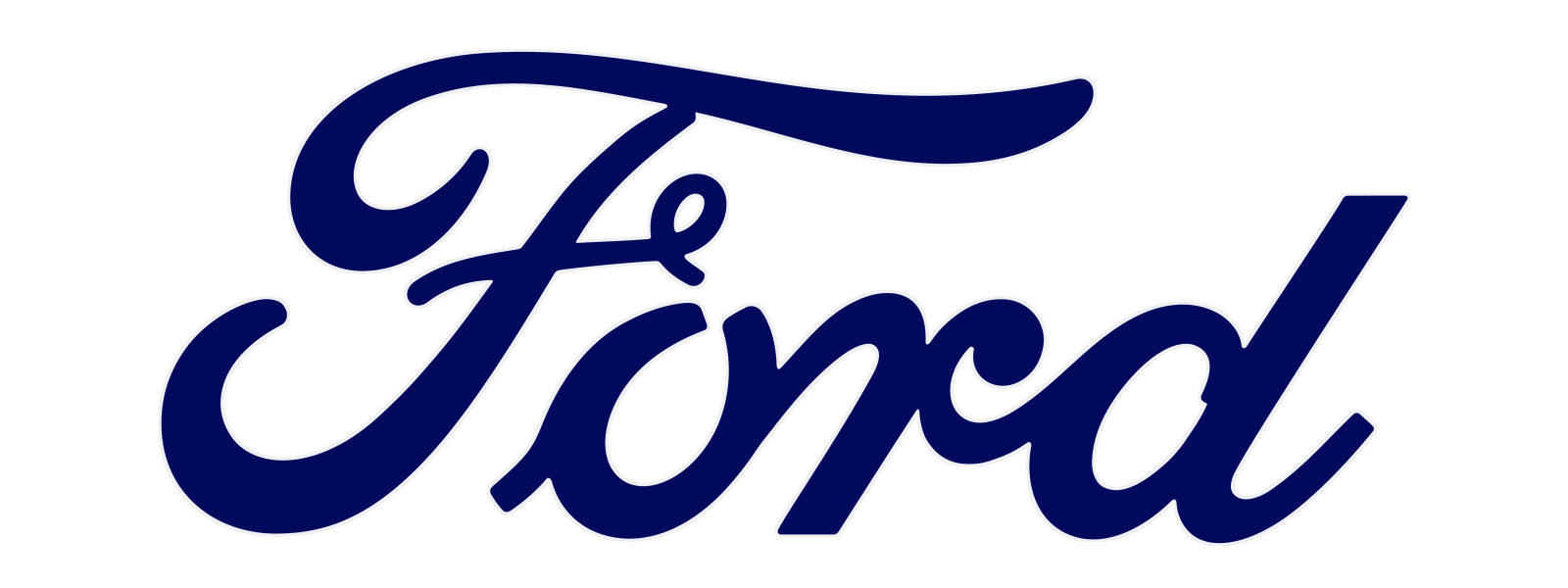

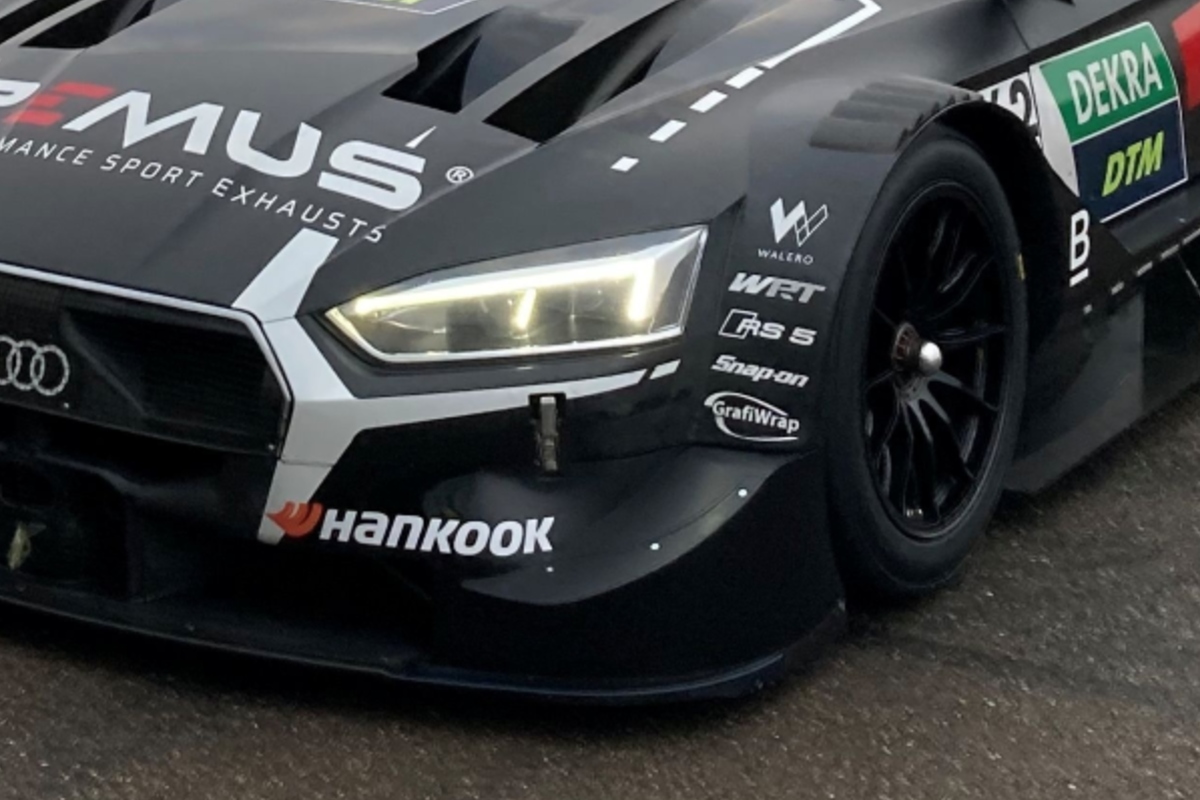
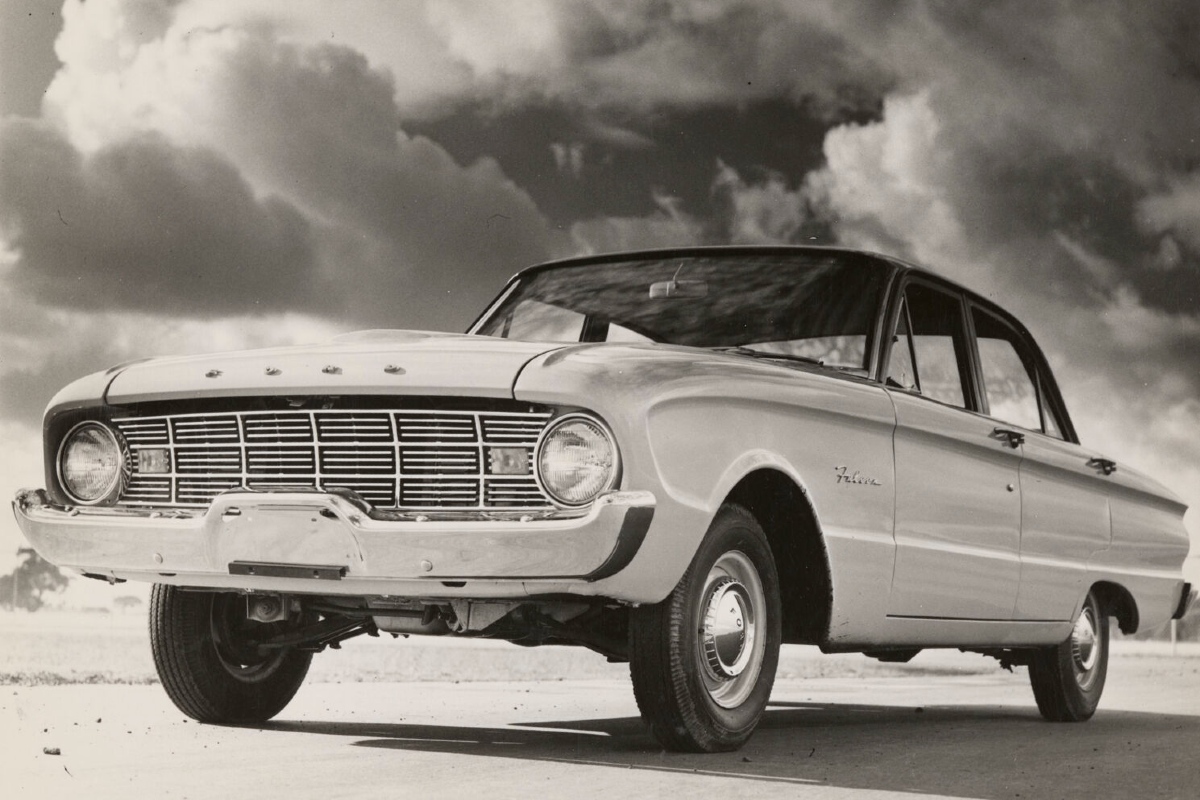


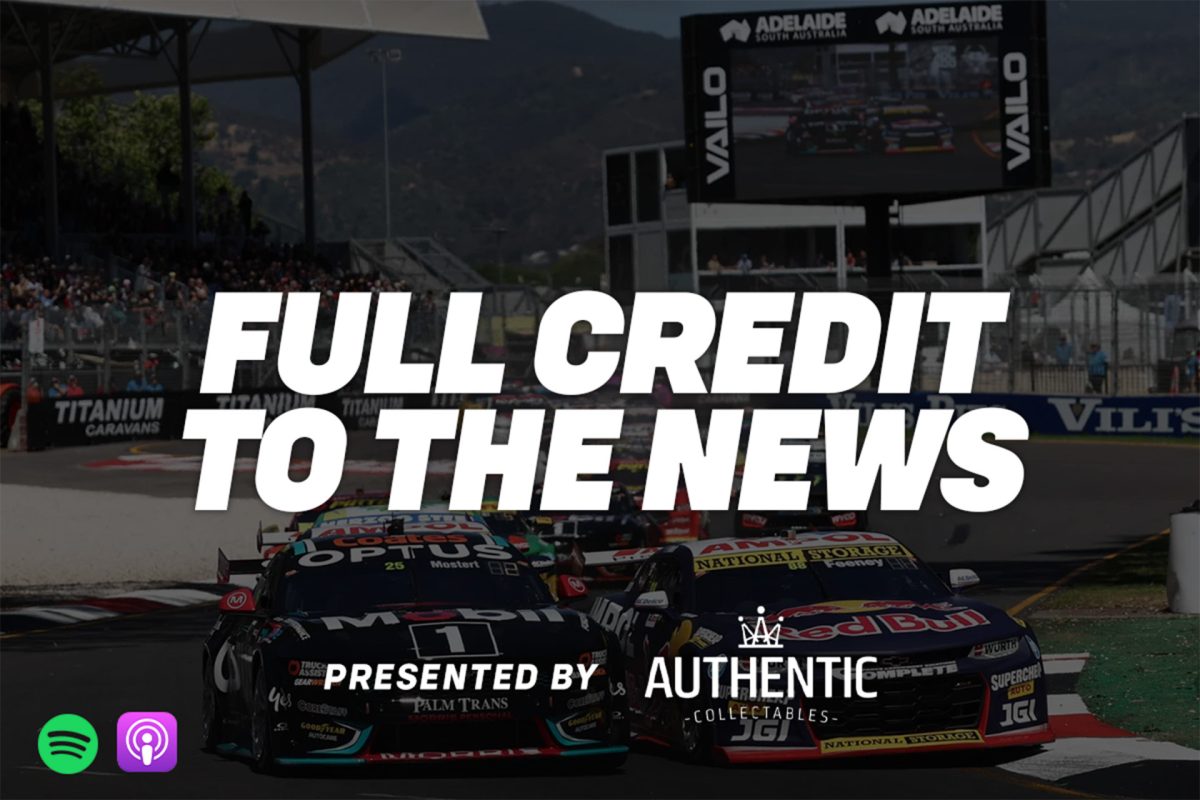















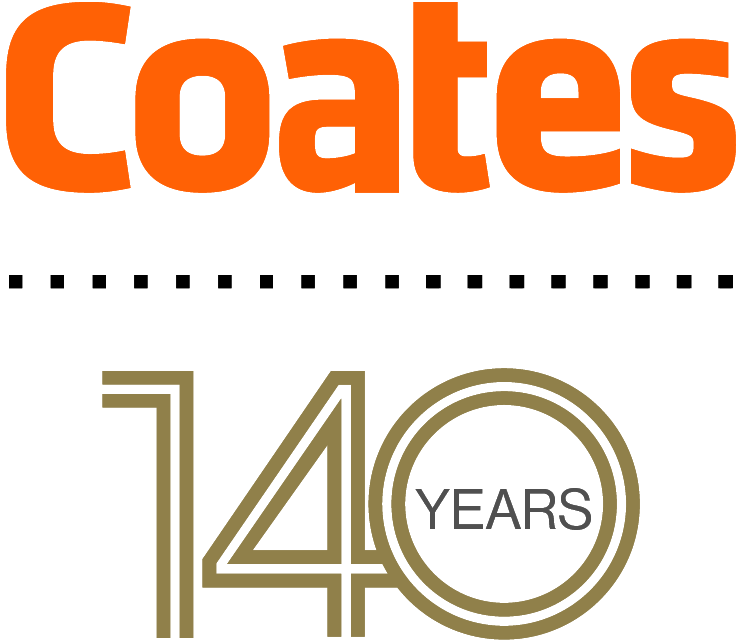


Discussion about this post